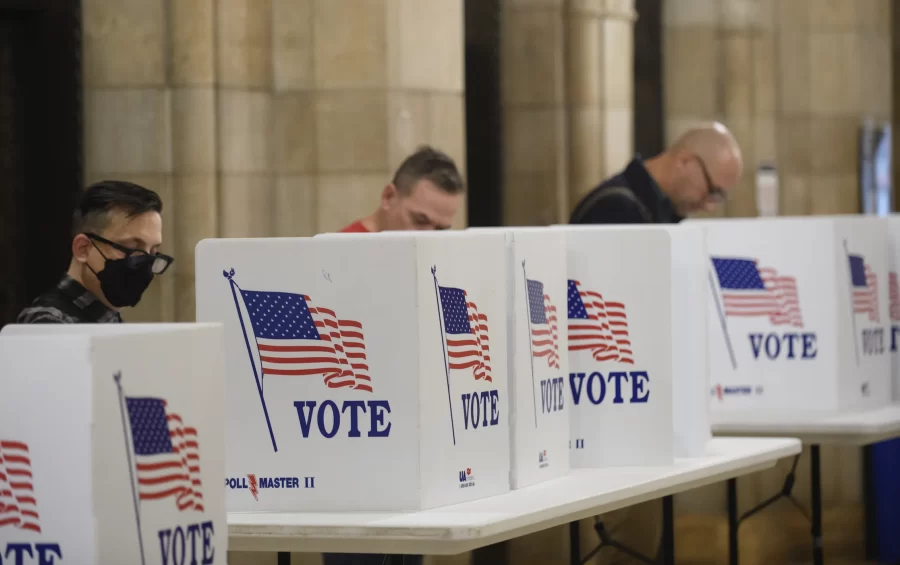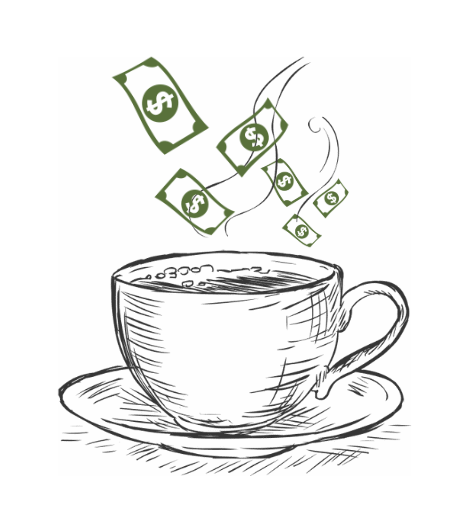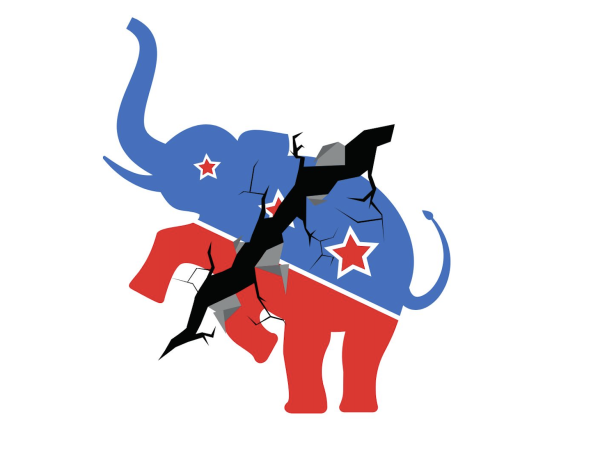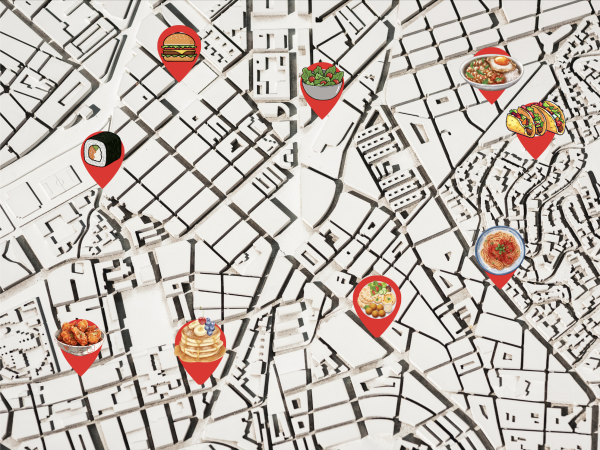The influx of red votes in New York and how it shapes the city’s political future
December 14, 2022
The 2022 Midterm elections were poised by many to be a “Red Wave,” meaning Republicans across the country were believed to take control of the local governments they represent and thus the federal government. Though the “Red Wave” seemed to be the opposite of a tsunami, the myth of the tidal movement may hold more truth and complexity than writing it off as a metaphor.
Take for example New York’s own midterm results. As historically and consistently blue New York has voted, the presence of the Republican Party, its candidates and its supporters, are slowly but surely becoming more of a force to be reckoned with in the state. The complexity of the Red Wave began here, so could it be possible for New York to go red? The recent redistricting failed to secure dominance for the Democratic Party, which ultimately may have something to do with what many feel was blatant defiance of the laws surrounding redistricting. After New York Democrats’ redistricting plan was legally ruled unconstitutional, their plan for security essentially backfired. They lost the ability to redraw the district maps, seceding that right to a court-appointed special master.
That court-appointed special master drew up a competitive map that pitted many Democrats against each other and creates a legitimate battlefield for Republicans. Many of the new districts have been deemed guaranteed wins for Republican candidates and there is a real possibility the Republican Party could sway voters and secure more support. The results of the midterms proved to stand against this thesis. Kathy Hochul’s and Lee Zeldin’s governor race were close and Hochul did not win by a landslide, even appearing to lose her lead a week out from voting. However, she did win, and Democrats won 15 of New York’s 26 House seats. In other words, Democrats have won over half of the House seats and while that is beneficial, it doesn’t mean there has not been a shift in the historically blue New York; nor does it mean that shift is stagnant.
The shift in New York’s political identity and activity can be attributed to a variety of different causes. Republican policy targets regarding law enforcement, public safety and economic issues helped secure wins and promise to do the same in New York as those issues are important to the state’s voters. William Resh, a Professor of Management and Performance at the USC Sol Price School of Public Policy, explained the issue in the following way: “The bad news is actually pretty constant: We still lack a new Voting Rights Act. Gerrymandering is still in place in many states. Poll workers are still being threatened, and we have one-party rule in many states across the union so those constants remain. The good news, though, is that many of the candidates who were quoted as denying Biden’s rightful election were trounced.”
Essentially, there are a variety of factors, issues and variables that affect the Republican Party to gain power within New York, but these so-called constants also exist outside of New York. And, while they are real and their power is felt, those realities are compounded by the presence of what Political Critic Benjamin DeMott has termed, “junk politics.” Junk politics refers to the way elections are conducted, speeches are given, the characters candidates create and the overall political culture within America. Junk politics minimize issues by personalizing them, avoids clarity and is heavily reliant upon pathos. Demott said junk politics prevents “interruption in the processes and practices that strengthen existing, interlocking systems of socioeconomic advantage.”
It’s important to understand the power of junk politics as it relates to the way Republican candidates and the party as a whole attempt to gain and secure power. Junk politics is much of the reason for the stress and chaos many voters feel when discussing politics. The general feeling of tension and resentment between voters and the growing societal issues are rooted in junk politics. The constant drama is a result of the way both parties inflate and dramatize issues, the way political issues have become synonymous with personal values and become entwined with personal identity, even religion. The way politics always seem to take an optimistic tone when discussing America creates scapegoats that blame minorities and counterculture, when, in actuality, Americans are struggling, wage gaps are growing, violence is rising and the pandemic still rages on. The culprits are not over sea terrorists, illegal immigrants or drag queens, but political parties, big corporations, “benevolent billionaires,” corrupt legislature and, biggest of all, the media. As a result, it is the culture of America itself.
Journalist Chris Hedges takes the stance that as a voluntarily illiterate culture, one who chooses not to read, one who prefers simplicity and chooses not to analyze, but rather to internalize and imitate, has fallen victim to these villains, especially when considering media and politics. The Republican Party is especially good at dramatizing real issues and creating attention-grabbing headlines, stories, photo-ops and taglines. They weaponize the media and politics itself in a way the Democrats simply cannot. Republicans are brash and shocking and create hot topics that spawn controversy and personalization like no other. And thus they create drama, they create something intoxicating and confusing, something mind-warping.
Suddenly, when one doesn’t read, when one isn’t media literate, when one chooses to agree that the issues facing this country can be solved by building a wall and banishing valid and life-saving reproductive health procedures and policies, the media wins. There is only so much shelf space in a nightly newscast or a tweet. Issues need to be condensed and inflated, emotions must rule because ethos and logos are simply not as powerful, historical context erodes social consciousness and all that matters is what the media decides matters. In an era of increasing bias in media and the reality that is in fact a business whose CEOs and investors are the same that lobby in campaigns, it matters.
America falls victim to the charade of drama that is created in political media and it is then translated into real politics. It creates a vicious cycle that capitalizes off of fear-mongering and a lack of education among its victims. When a culture is uneducated and voluntarily illiterate it is cut off from the past and seeks only escapism and simplicity; one who believes in black and white because the gray area is too complicated. The reality is that life and politics are complex, the issues that plague us are complex and the causes of those issues are equally as complex. They create very big and real emotions and traumas of all kinds and those things can be easily prayed upon. New York may be blue now, and the country may have a Democratic President, but another Trump presidency is not a pipe dream. Junk politics and the power of spectacle can mobilize even the most distant of voters and can sway even the most loyal–especially when all one has is a biased media source.
It may seem theoretical and a little out there, but the reality remains the current system is toxic and that toxicity may be killing its voters but it’s strengthening the system. The only way to truly take back power is to allow for complexity and intellectualism to come back into our cultural consciousness, to embrace reality rather than the illusionist spectacle.











